Making and delivering a new bin for every Aberdeenshire home will generate 176 tonnes of greenhouse gases initially — but in the long run, it could cut 1,700 tonnes of harmful emissions a year, according to the council.
This means the climate cost of establishing the controversial £4 million three-bin system, which was approved earlier this year, will be offset after just one month of the new scheme being in place.
The manufacturing and delivery of the more than 122,000 new bins as part of the project will generate 176 tonnes of CO2e (carbon dioxide equivalent) emissions — about the same as 38 cars being driven for a year.
But according to the council’s calculations, the emissions of at least 1,700 tonnes of greenhouse gases a year will be avoided once the new household collections are fully up and running, because of all the rubbish that would have previously ended up in landfill being recycled instead.
That’s the same as taking around 366 cars off the road a year.
How will the new three-bin system work?
Right now, most Aberdeenshire residents have two bins, a black one for non-recyclables, and one with a blue lid for recyclables, and each bin is collected every second week (with a weekly food waste caddy pickup as standard).
But once the new system is in place, every home will have a third, additional bin.
It is designed to increase recycling rates.
Here is how the new collection cycle will work in practice:
- Week 1: Non-recyclable waste, sometimes referred to as your landfill bin, plus food waste. The scheme will use existing black/grey bin and food waste caddy.
- Week 2: Paper and card plus food waste. The scheme will use existing, blue-lidded recycling bin plus food waste caddy.
- Week 3: New collection of containers plus food waste. This will be food and drink cans, cartons, plastic bottles, pots, tubs and trays, all using a new bin, plus food waste caddy.
What’s the point of changing the Aberdeenshire bins?
Aberdeenshire Council says it is making the change in order to reduce its carbon footprint, as part of efforts for Scotland to reach net zero greenhouse gas emissions by 2045.
By reducing the frequency in which residents can send their rubbish to landfill, and increasing recycling availability, it is hoped recycling rates will go up.
Ros Baxter, waste manager at the local authority, said analysis has been carried out on data from other councils that have already made the switch to a three-week system.
She said that based on this data, Aberdeenshire Council has “defined a minimum and maximum tonnage of waste that could be diverted from landfill to recycling”.
‘Making householders think about what they are throwing away’
Ms Baxter said: “By introducing the new three-weekly service and making householders think about what they are throwing away in the landfill bin, the new service will see waste tonnage diverted from landfill to recycling and composting, which is significantly less in CO2e (carbon dioxide equivalent) production.
She added: “Using minimum tonnage diversion we will see the council save 1,700 tonnes of CO2e per year as a minimum by diverting recyclables from landfill to recycling/composting.
“The manufacture of our new bins and delivery to Aberdeenshire depots will only work out at 176 tonnes of CO2e.
“Therefore the CO2e generated will be offset within the first full month of service working on the minimum impact that the new service will have.”
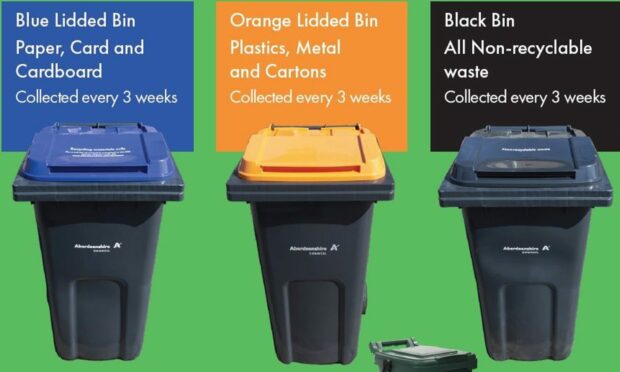
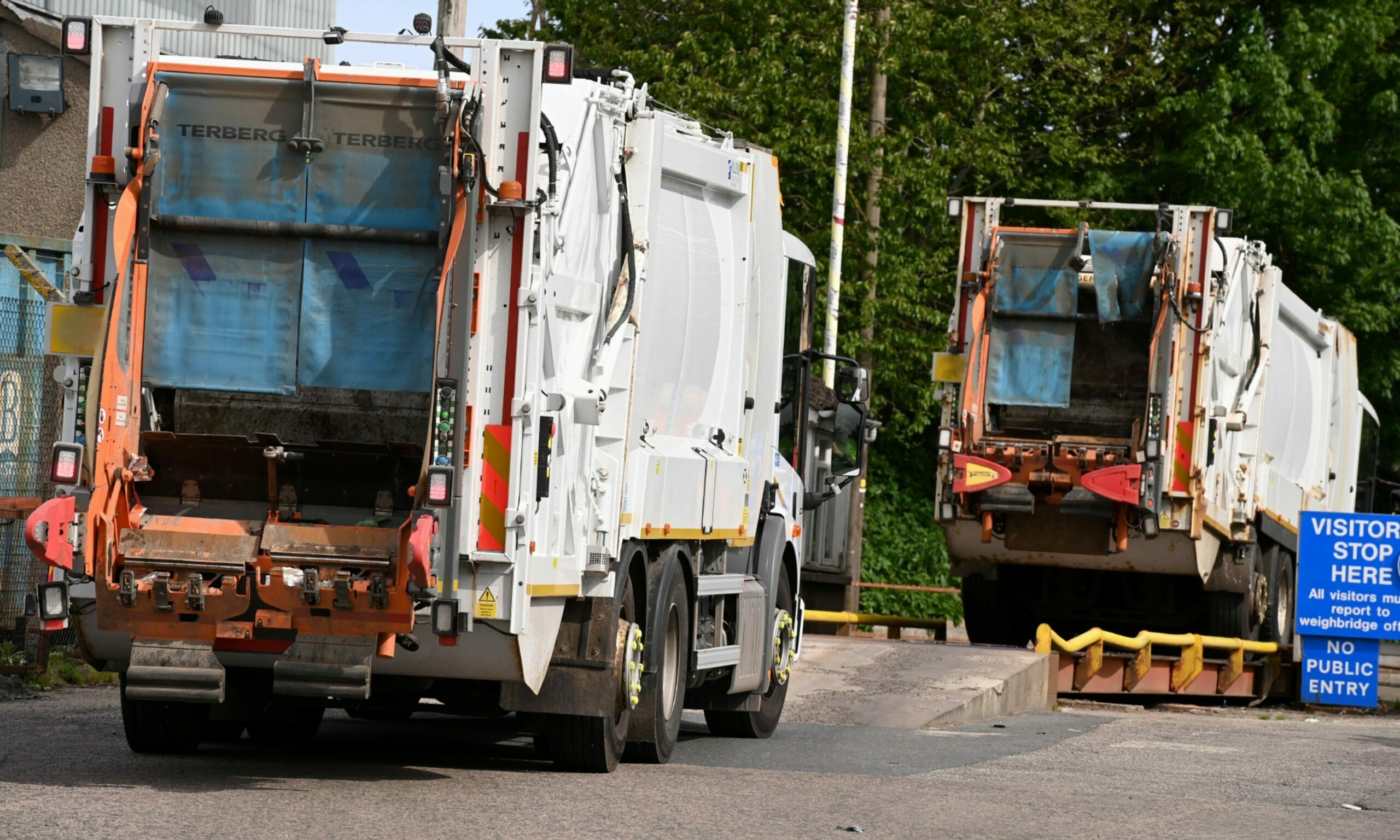
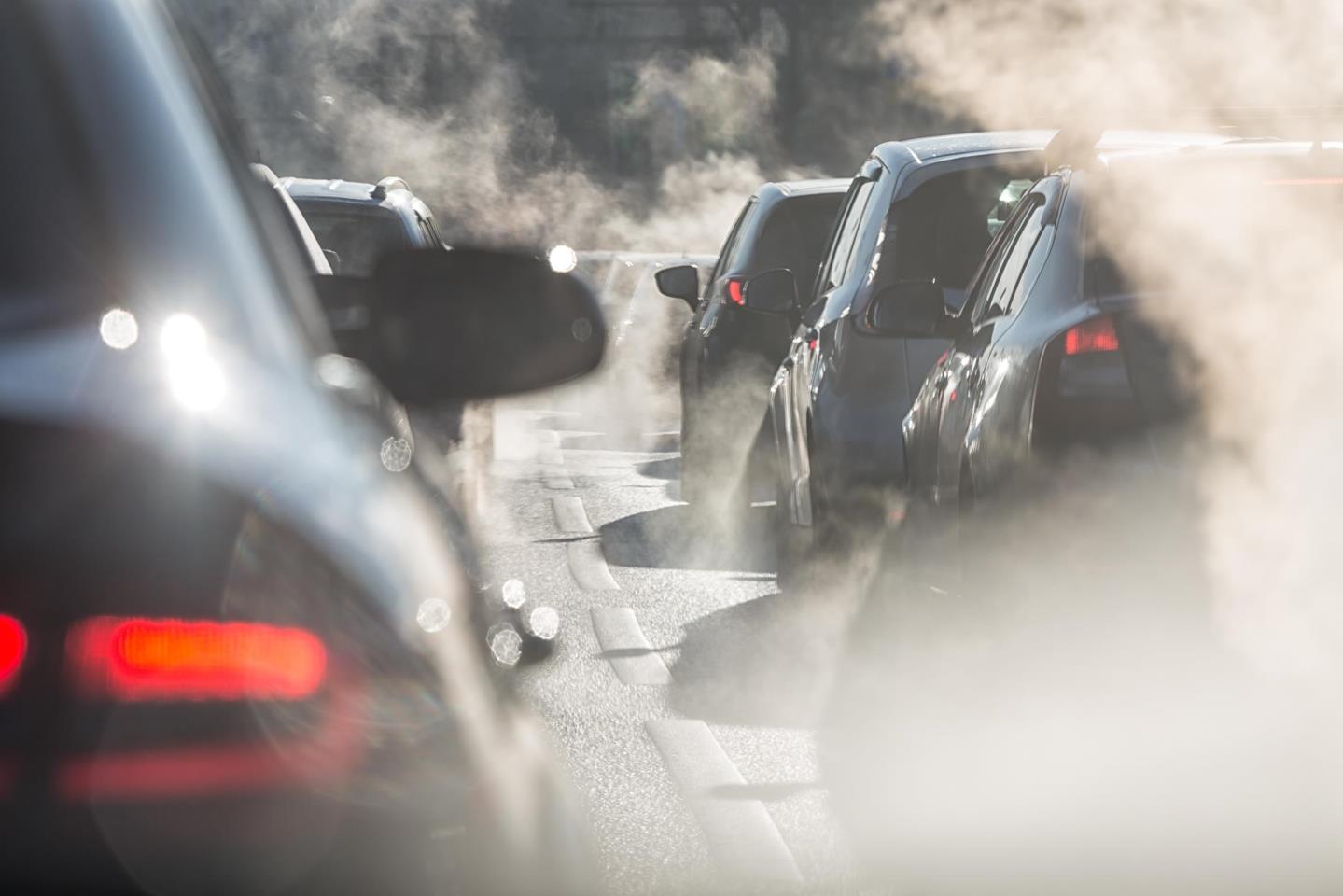
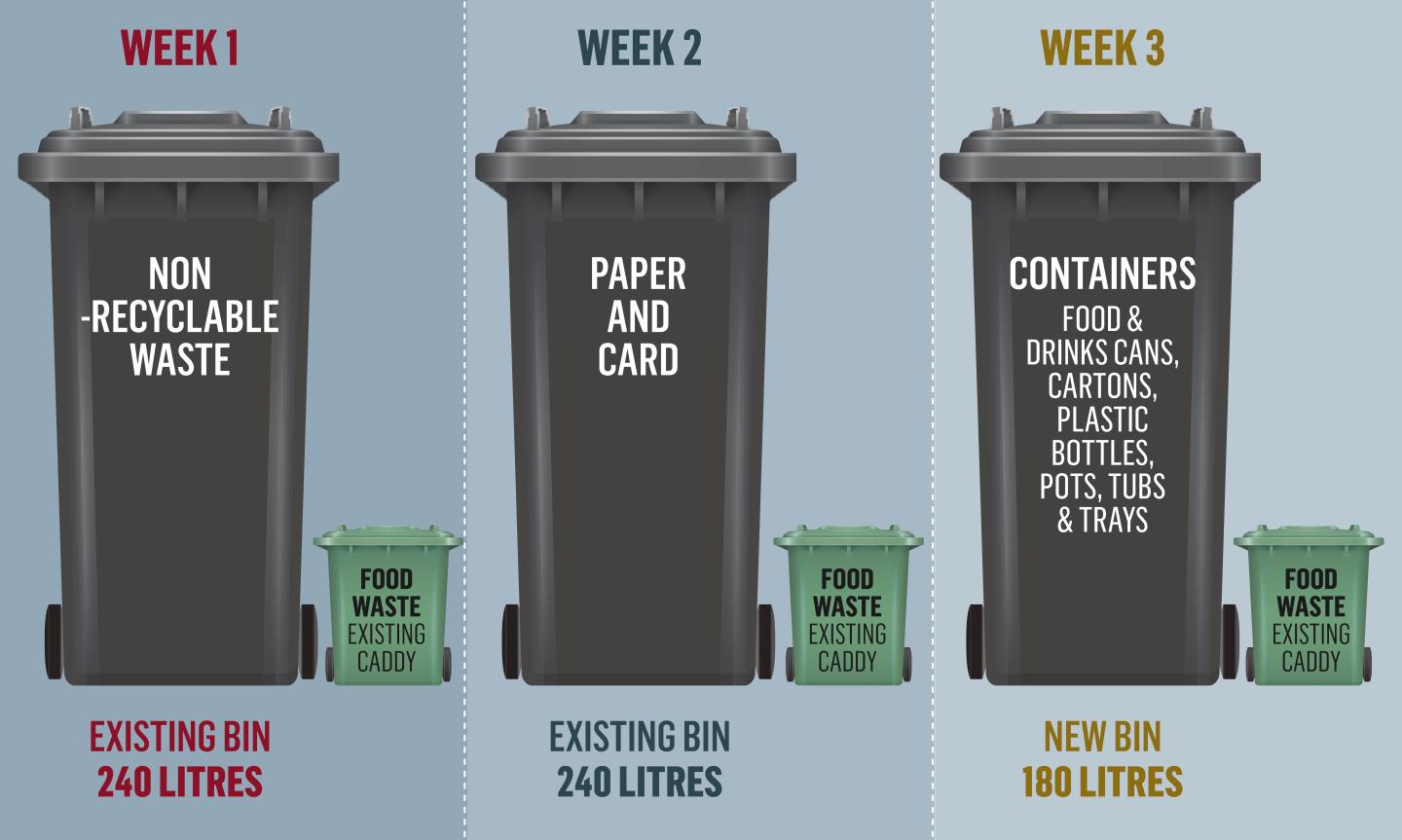
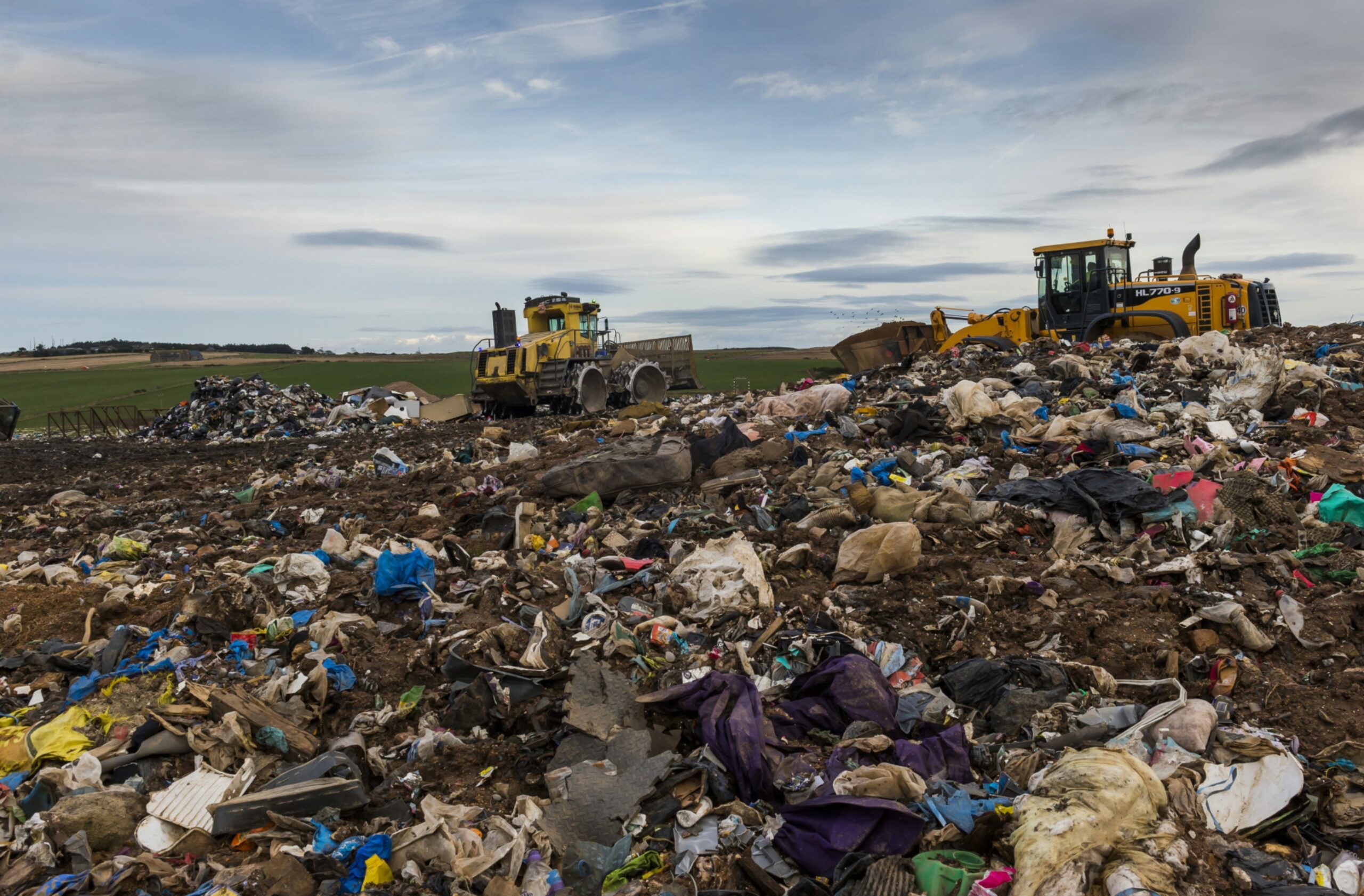
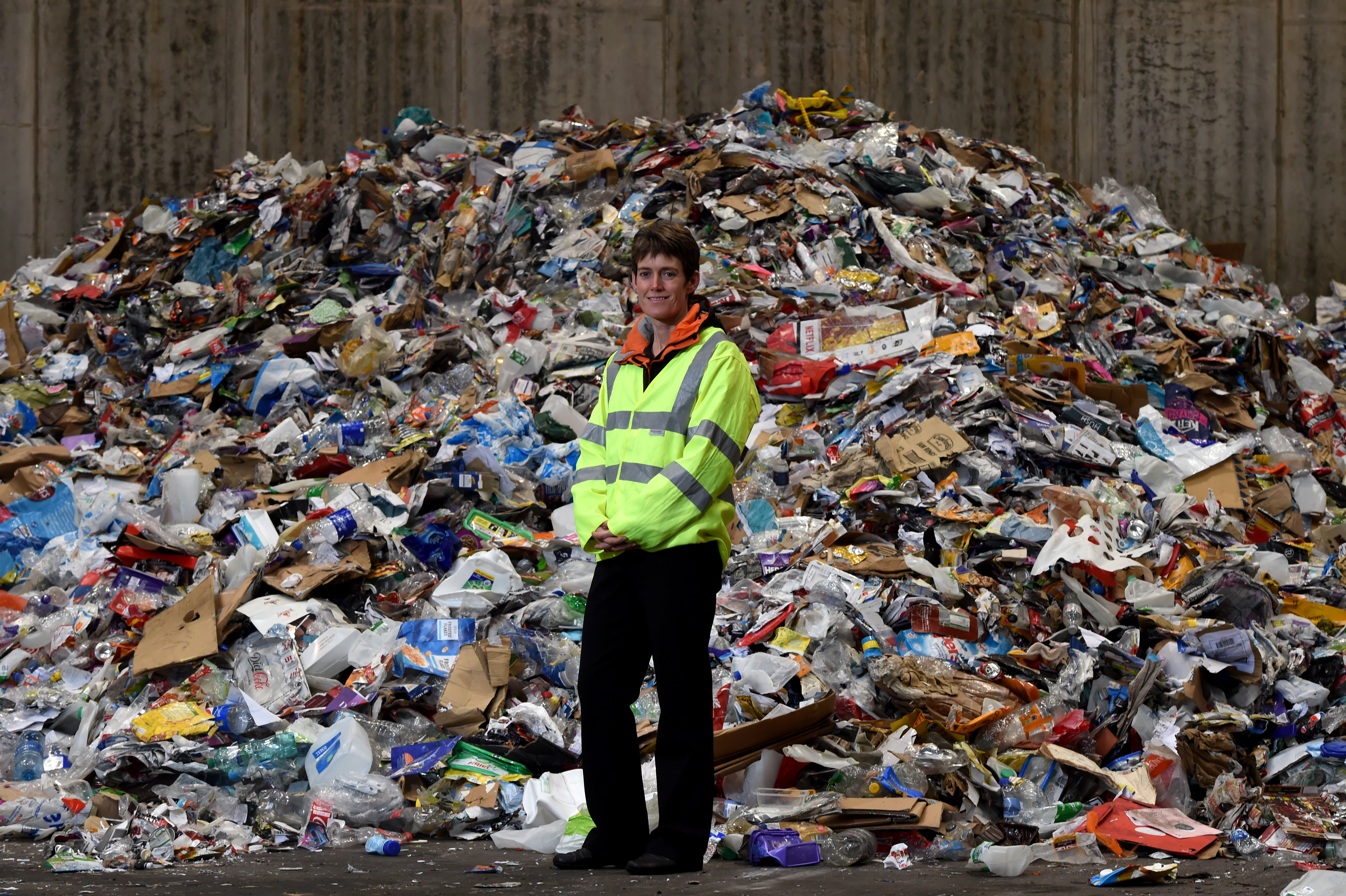
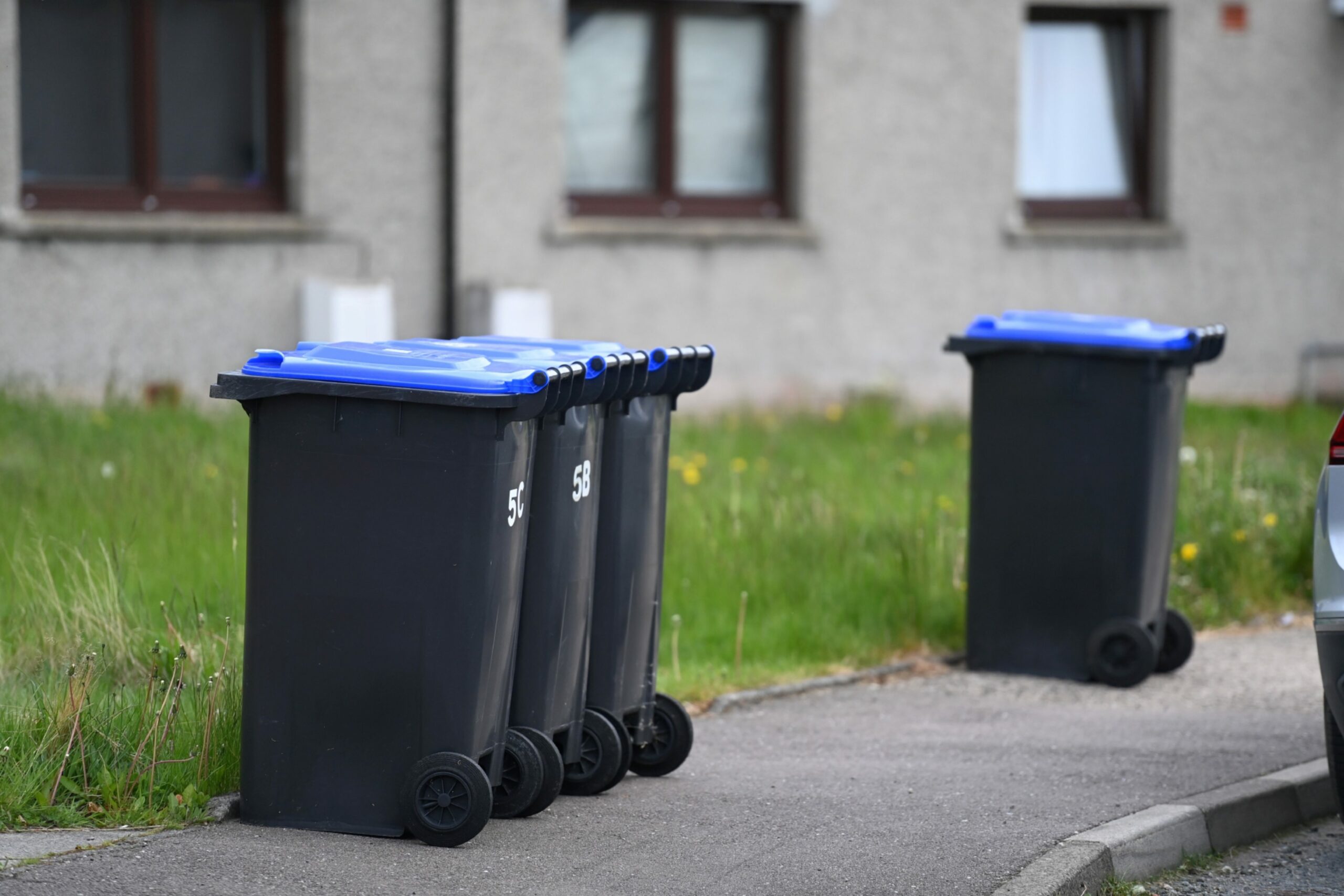







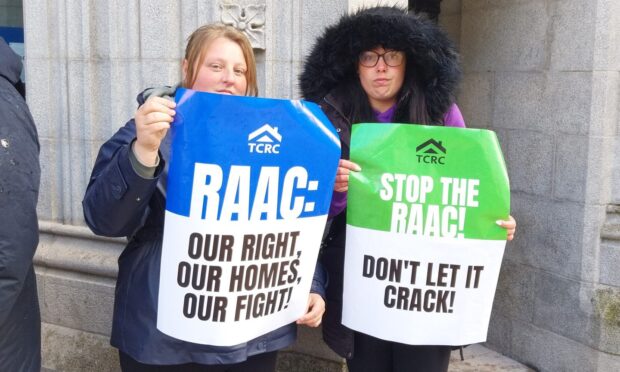


Conversation